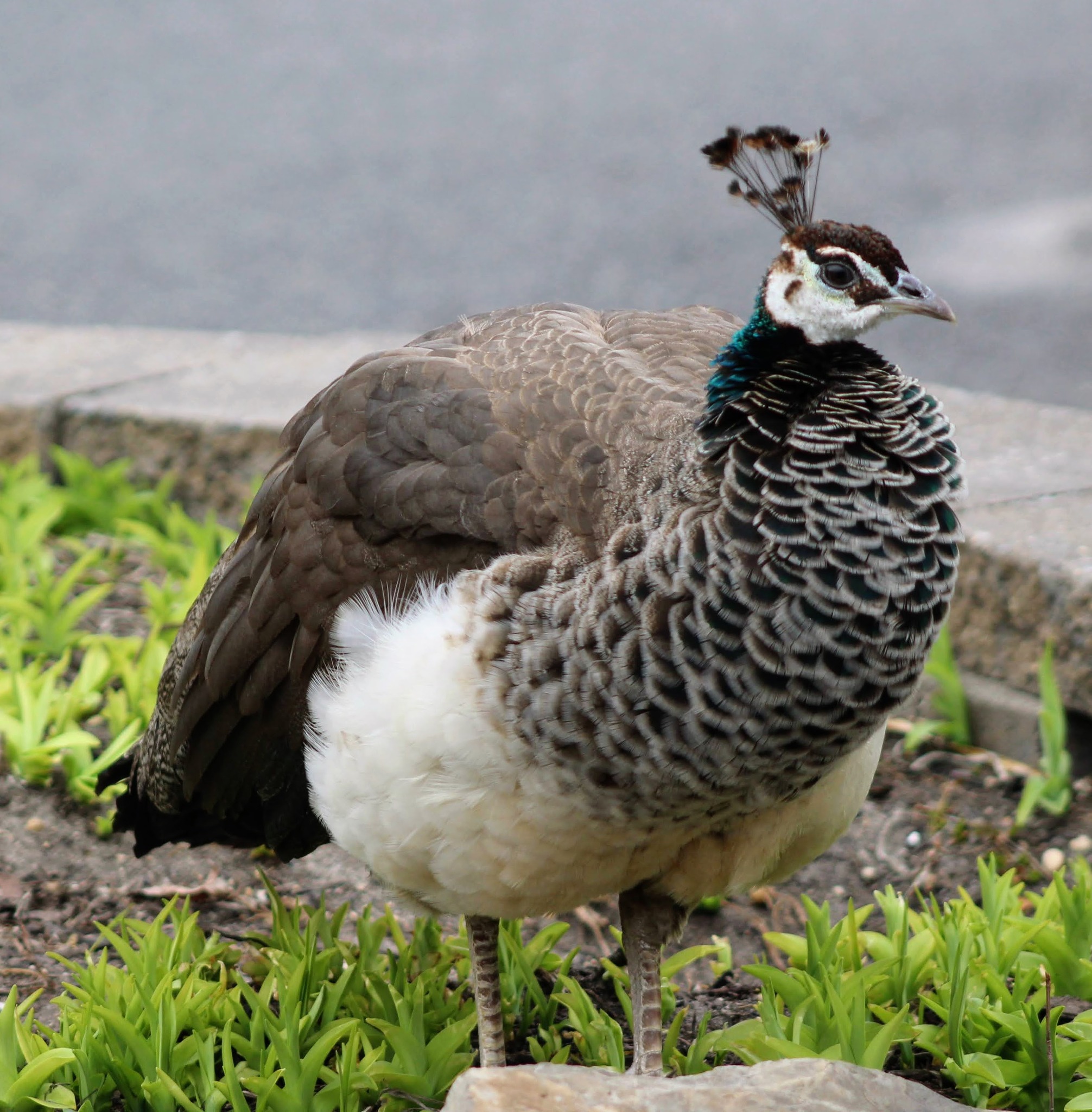- Peafowl diversity: Beyond the glamorous peacock
- The ecological role of peahens in their habitat
- The adaptive significance of plumage variation in peafowl
- Conservation challenges and efforts for peafowl species
- Peafowl behavior and social dynamics in the wild
Peafowl Diversity: Beyond the Glamorous Peacock
When people think about peafowl, the vibrant peacock often comes to mind. However, peafowl include more than just the striking male. The species also encompasses the often-overlooked peahens, as well as the lesser-known green peafowl and Congo peafowl. Their diversity is not just aesthetic but also ecological, serving different roles in various habitats. While the peacock’s iridescent plumage receives attention, the understated beauty of peahens plays a crucial role in the survival and reproduction of the species.
Peacocks display large, colorful tail feathers, distinct in their mesmerizing eye-patterns. These feathers are used in courtship displays to attract mates, a significant aspect of sexual selection. On the other hand, peahens exhibit more muted, earthy tones, aiding them in camouflaging within their environments. This contrast highlights the fascinating interplay between aesthetic appeal and survival strategies. The green peafowl showcases a different palette, with both sexes having vibrant hues, though still serving unique ecological functions.
The Ecological Role of Peahens in Their Habitat
Peahens, despite their subdued coloration, are integral to the survival of peafowl populations. Their camouflaged plumage helps protect them from predators as they incubate eggs and rear young. This adaptability is vital in habitats ranging from the dense forests of India to the varied terrains of Southeast Asia, where peahens often nest on the ground.
The protection of nests and chicks relies heavily on their ability to remain unseen. By blending into the surroundings, peahens decrease the chances of predation, ensuring the continuity of the species. Additionally, their behavior during the nesting period is critical. Peahens often remain still for long periods, relying on their inconspicuous appearance rather than fleeing, which could attract unwanted attention.
The Adaptive Significance of Plumage Variation in Peafowl
The stark difference in plumage between peacocks and peahens is a classic example of sexual dimorphism, driven by evolutionary pressures. Peacocks have evolved large, colorful plumage primarily for attracting mates. This flamboyant display can be linked to the health and vitality of the male, signaling genetic fitness to potential mates.
Conversely, the duller plumage of peahens reflects the need for protection rather than attraction. The evolutionary trade-off between beauty and survival underscores the strategic adaptations shaped by natural selection. Moreover, the plumage serves as an indicator of environmental pressures, where vibrant colors may be perilous due to increased visibility, whereas dull colors enhance survival in predator-rich habitats.
Conservation Challenges and Efforts for Peafowl Species
Peafowl species, particularly the green peafowl, face numerous conservation challenges. Habitat destruction, hunting, and human-wildlife conflict are the primary threats. The expansion of agricultural land and urban development has led to the loss of natural habitats, crucial for nesting and foraging activities.
Conservation organizations are tirelessly working to protect these birds through habitat preservation and restoration initiatives. Anti-poaching laws, community engagement, and education programs aim to reduce hunting pressures and promote coexistence. Zoological and wildlife conservation institutions play a vital role in these efforts by providing safe environments for breeding programs and educating the public on the importance of protecting peafowl species.
Peafowl Behavior and Social Dynamics in the Wild
The behavior and social dynamics of peafowl are as intriguing as their physical characteristics. Peacocks and peahens exhibit complex social structures, often involving a hierarchical organization based on age and size. Males typically form groups known as leks, where they display their plumage and compete for female attention.
Peahens, on the other hand, show preference not just for the most visually appealing males but also for certain behavioral cues that indicate fitness and survival capabilities. Observations of peafowl in the wild reveal intricate communication and interaction patterns that are essential for mating and social cohesion.
Understanding these dynamics is crucial for effective conservation and management. Researchers continue to study the interplay between behavior, environment, and survival strategies to ensure these majestic birds thrive for future generations. The appreciation of peafowl extends beyond their iconic beauty, emphasizing the intricate balance of nature and the need for its careful stewardship.
*****
Source Description
Peacocks aren’t all about the glam! 🦚
Peafowl males might get all the publicity, but we think the females are pretty, too! Called peahens, females sport a drabber plumage to help them blend in with their surroundings. This helps them protect their nests and chicks by staying camouflaged!
(📷: Maria Hough)

